As the date of the United Kingdom’s exit from the European Union approaches without a final agreement, the question remains over what will happen at the border between Northern Ireland and the Republic of Ireland.
There are currently no official passport checks between Northern Ireland, which is part of the U.K., and the Republic of Ireland, which is part of the E.U. Once the U.K. officially leaves the E.U. at the end of March, the 499-kilometer border between Northern Ireland and the Republic of Ireland will become an external border of the E.U.
Residents have reflected on the state of the border during “the Troubles,” a period of political unrest and violence in Northern Ireland during the late 20th century. The conflict officially ended with the Belfast or Good Friday Agreement in 1998, rendering the border between the nations invisible. While nothing is decided yet, residents of the area fear the effects the return of a hard border could have on their lives and businesses.

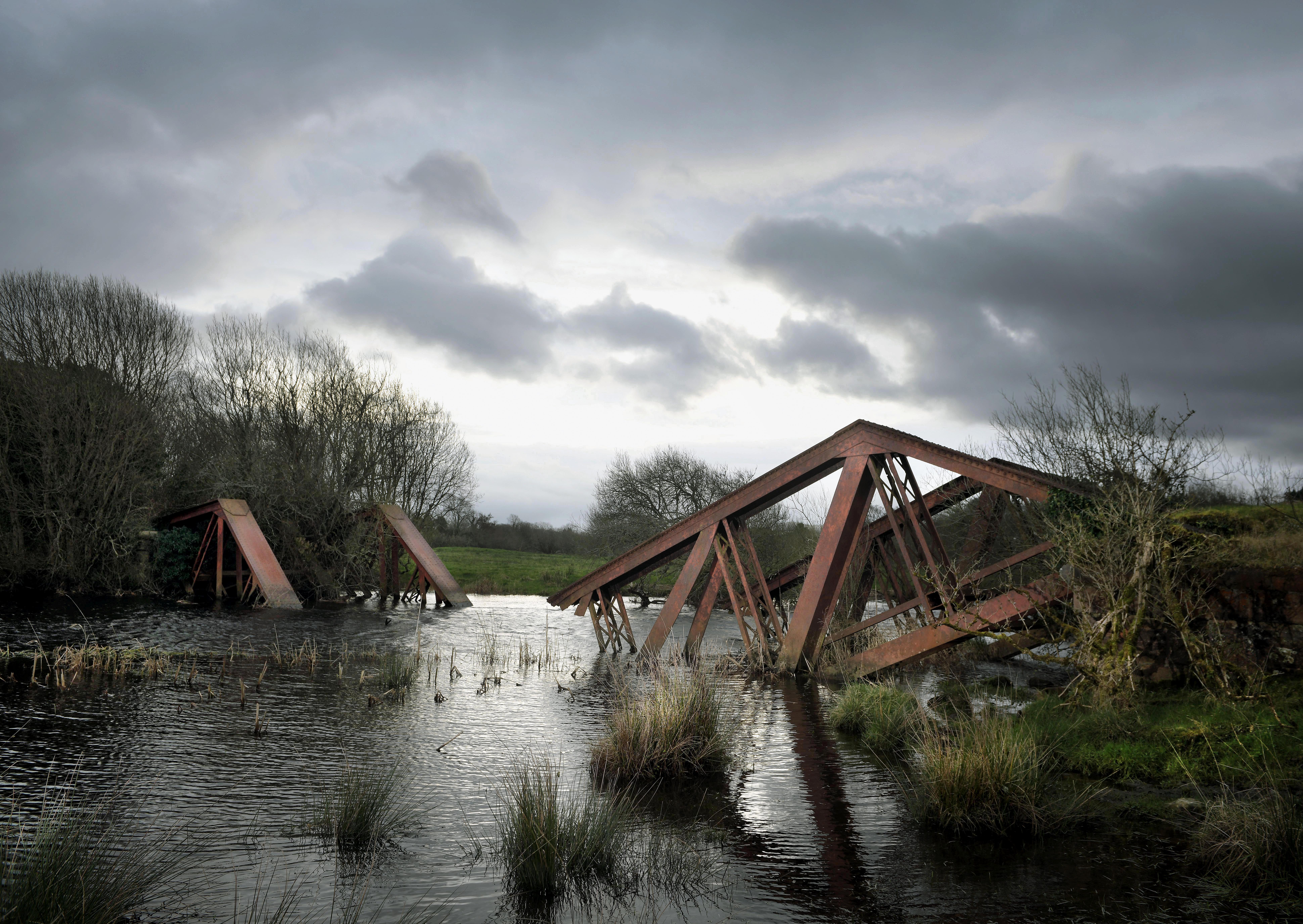
(Photo: Charles McQuillan/Getty Images)
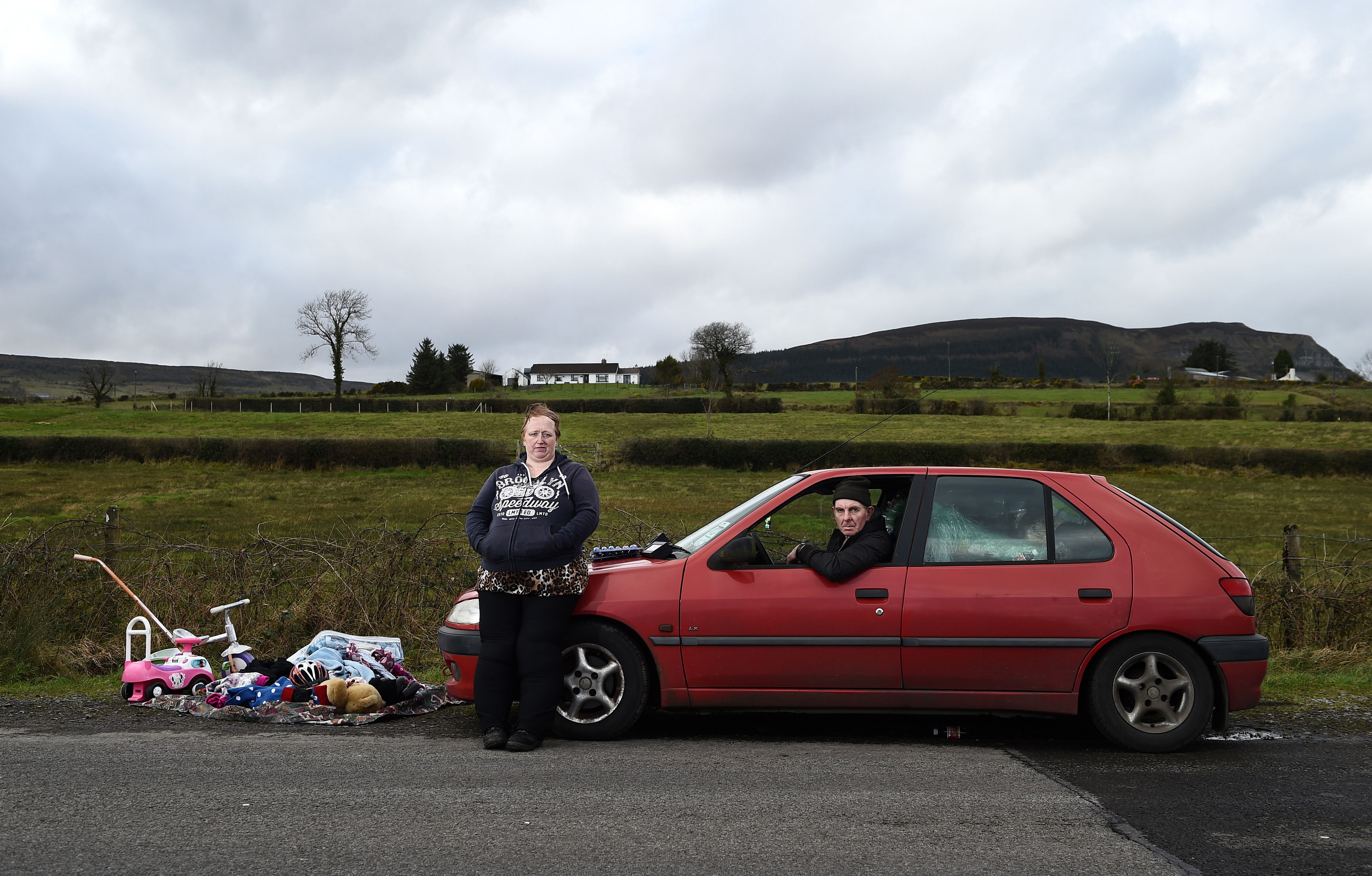
(Photo: Charles McQuillan/Getty Images)
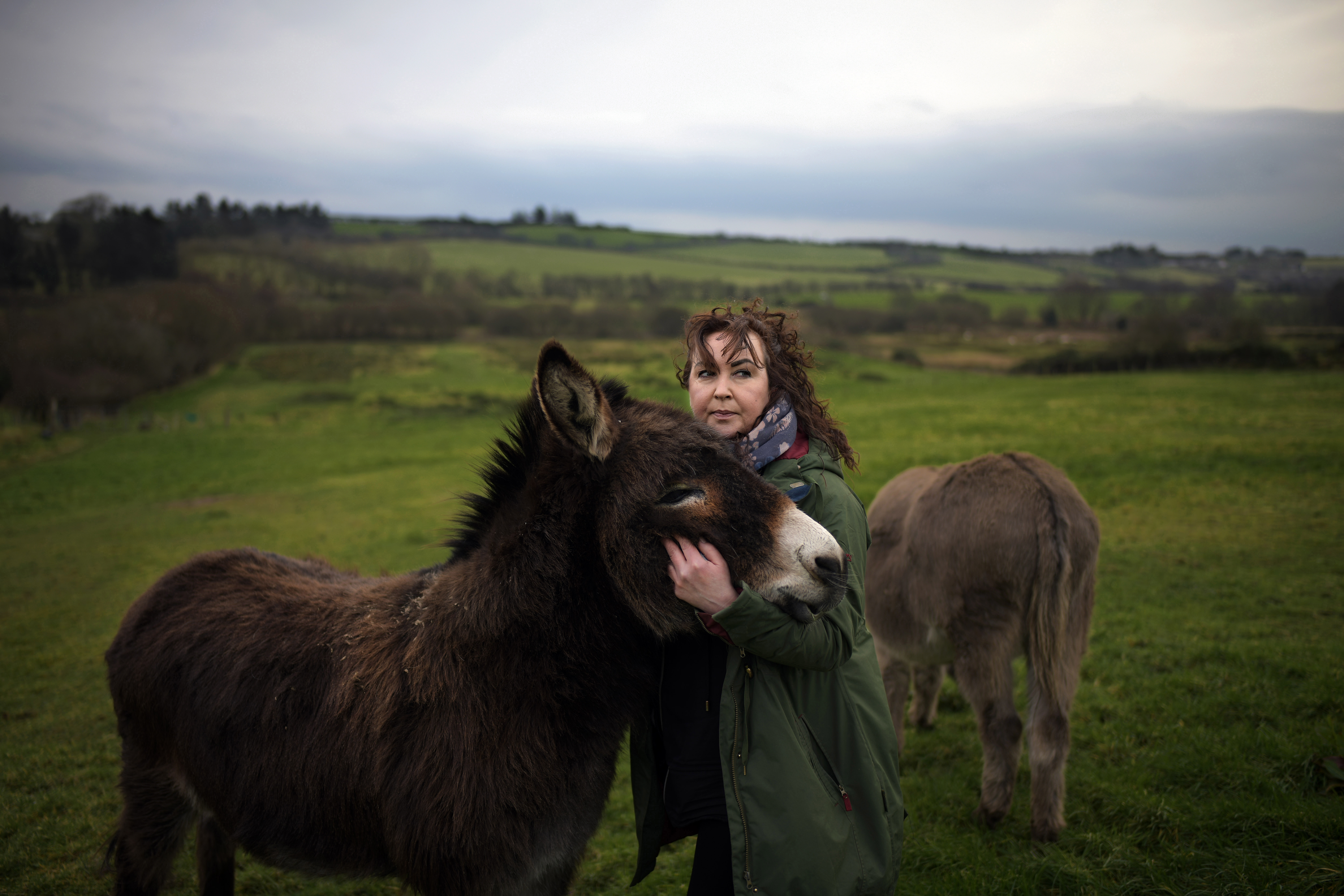
(Photo: Charles McQuillan/Getty Images)
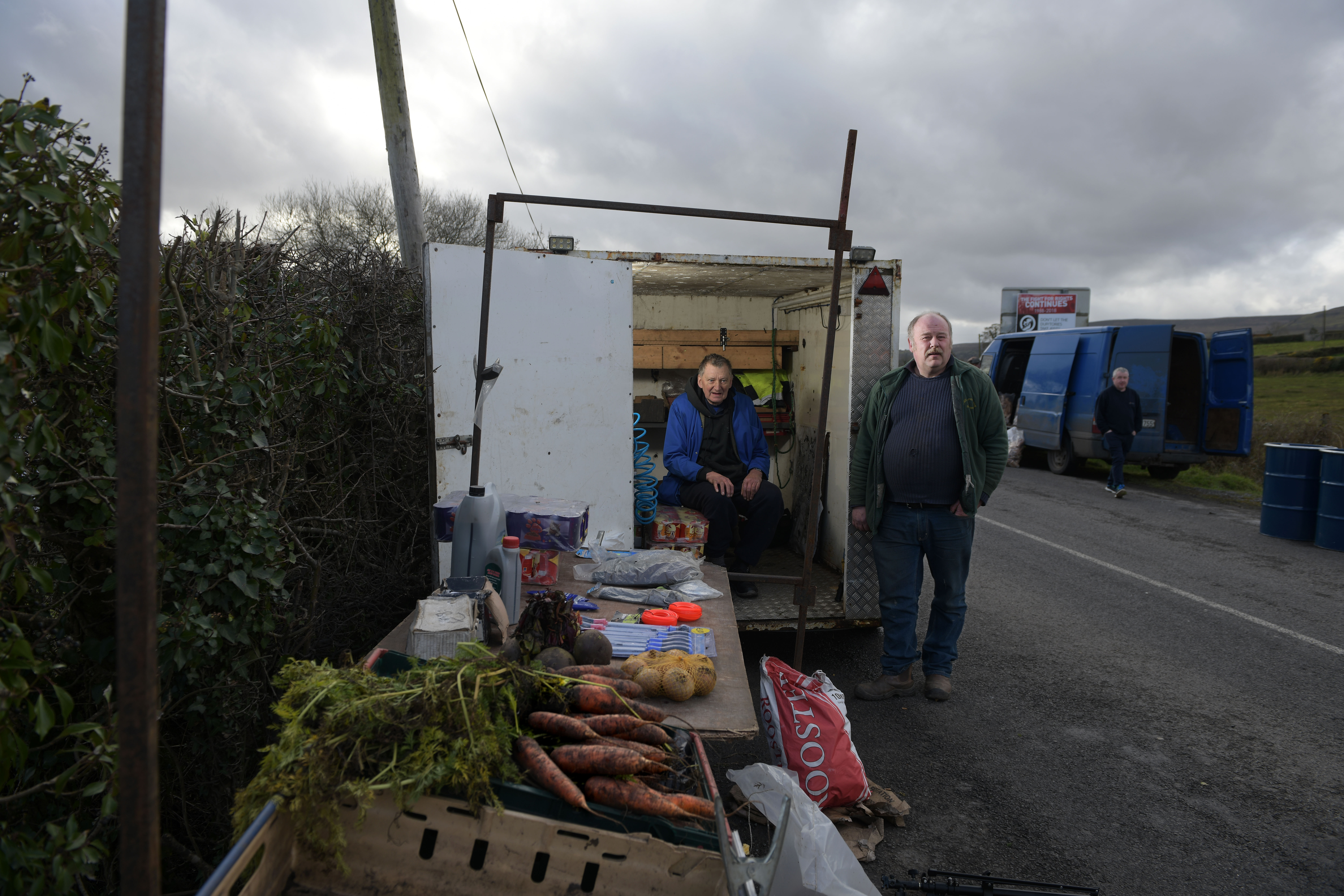
(Photo: Charles McQuillan/Getty Images)
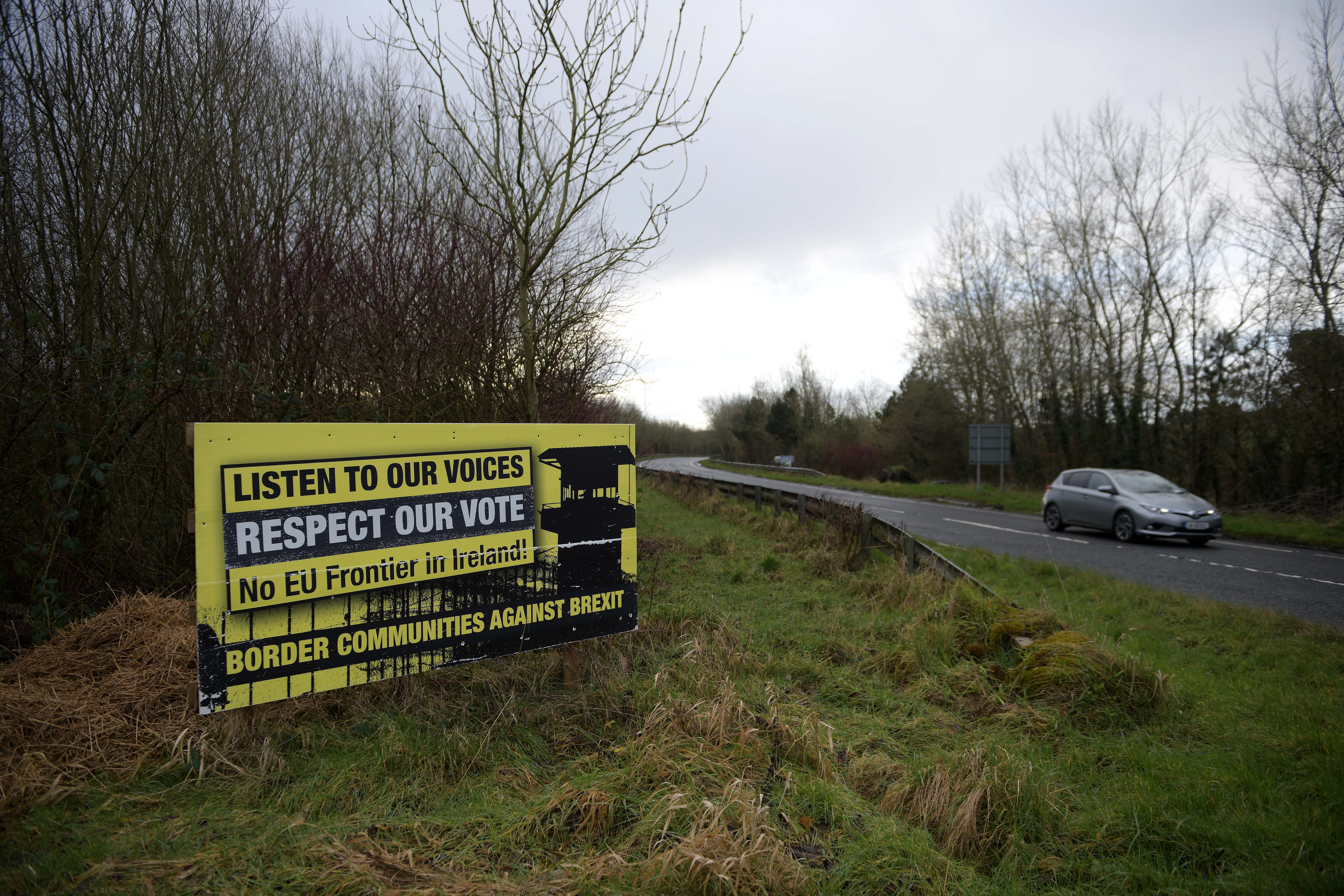
(Photo: Charles McQuillan/Getty Images)
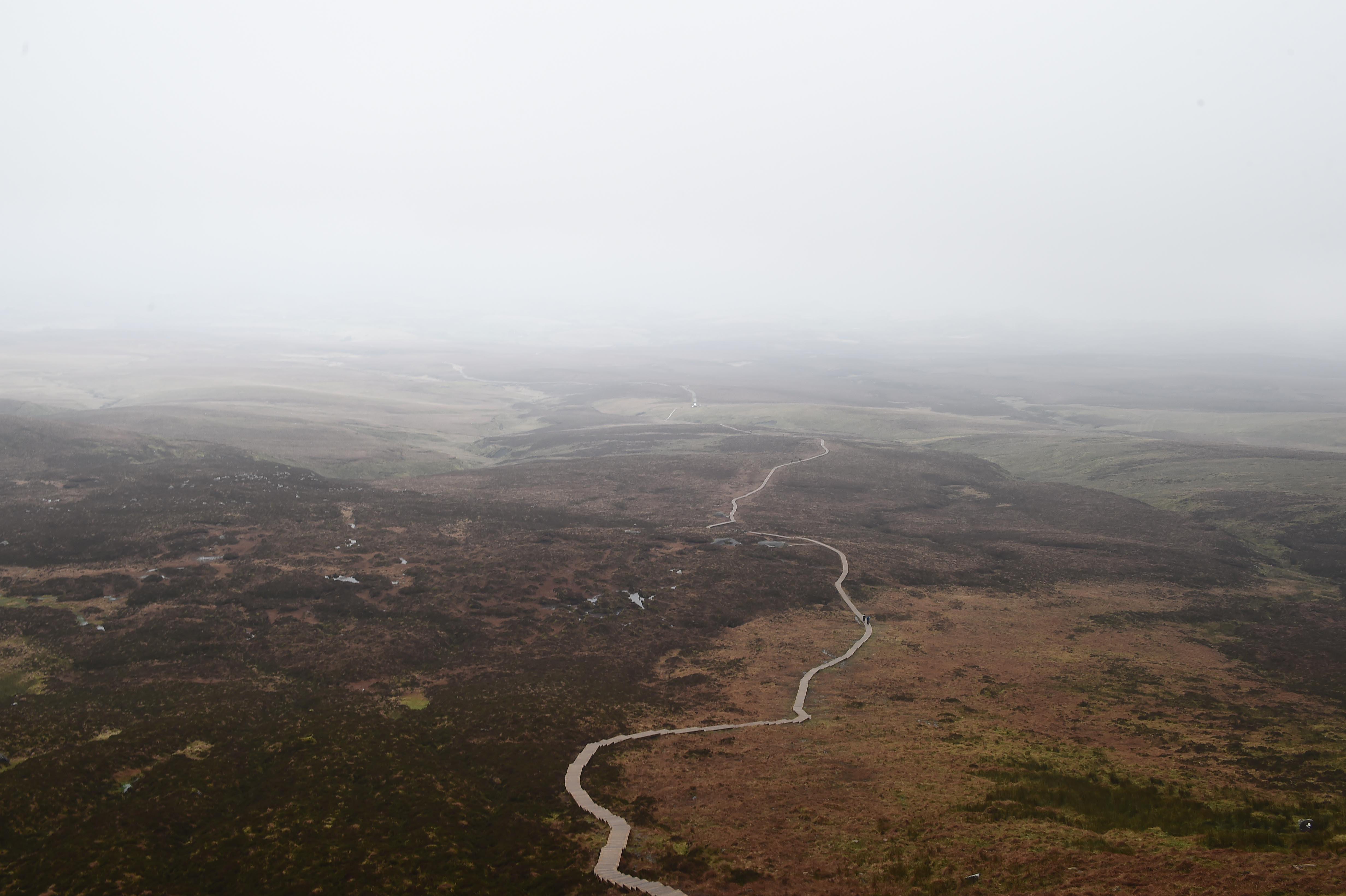
(Photo: Charles McQuillan/Getty Images)





